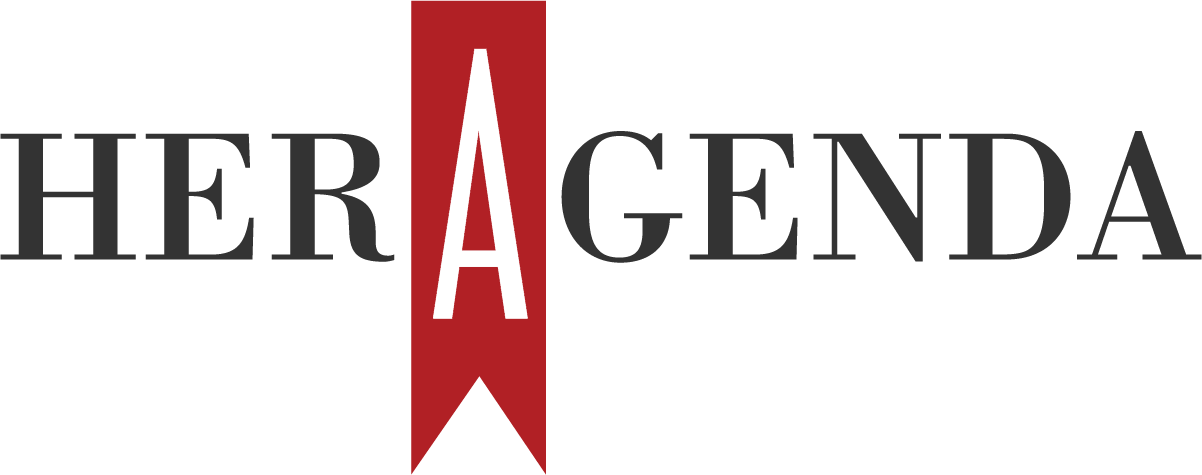How These 3 Women Built Profitable Communities On Substack

Substack has emerged as a powerful tool that helps women monetize their knowledge and cultivate the communities that sustain and enrich their work.
The creator economy has opened avenues for professionals to share their expertise directly. For those building businesses around their insights, whether they are entrepreneurs, consultants, journalists, or artists, platforms that facilitate direct connection and monetization are invaluable.
Substack’s appeal lies in its creator-centric model. Creators own their email lists, ensuring a direct line to their audience, unlike social media algorithms. Adding integrated paid subscriptions is straightforward, providing premium content or perks. Community-building tools like discussion threads, Notes for quick updates, and subscriber-only Chat features foster dialogue and connection. This combination offers independence and empowers women to confidently share their expertise, charge for their value, and build loyal communities.
Savvy creators actively use Substack’s comment sections and dedicated discussion threads to turn passive readers into active participants. Posing thoughtful questions related to posts encourages readers to share their own experiences and insights, building a sense of shared learning and connection. This transforms the newsletter from a monologue into a conversation hub.

According to Harvard Business Review author, strategy consultant, executive coach, and keynote speaker, Dorie Clark, ensuring the success of online membership communities can be a challenge.
“You have to attract enough participants to create a dynamic community and, far more challenging, create a high-quality user experience that keeps your participants engaged — and willing to keep paying — over time,” she wrote in this article.
How Women Creators Make Substack Work
Successful women on Substack are actively cultivating online ecosystems where content, commerce, and community intertwine strategically. Here’s how a few are making it work in 2025.
Known for her sharp reporting on consumer culture and writer of “the hottest business newsletter,” Emily uses Feed Me to deliver high-value, deep-dive analysis.
Her tiered value proposition hinges on a paid subscription offering exclusive, industry-specific content that business professionals rely on, proving how specialized knowledge can be directly monetized. Community forms around this shared professional interest, likely fostered through discussion threads reacting to her insightful takes. Plus, she’s also a popular LinkedIn creator.
Melanie’s Substack primarily features interviews with people who have experienced layoffs, sharing their stories and lessons learned.
While there are paid perks for additional benefits, like access to the Laid Off Discord and Laid Off Pen Pals (“a program that matches you up with another reader to make the post-layoff experience a little less isolating and even kinda fun”), Substack offers a free community component focused on discussing the layoff experience, job searching, and gaining support from others in similar situations, making it a relevant resource for those seeking to understand and navigate the complexities of career paths.
Taking advantage of a huge social media presence, Vivian uses her Substack for accessible financial advice targeting Gen Z and Millennials. Her paid tier offers exclusive guides or tools, in-depth analysis, and researched perspectives on these topics reserved for paid subscribers seeking insights beyond typical surface-level commentary, including members-only live Q&A and giveaways.
Community builds around reader empowerment and financial literacy, with discussion threads serving as spaces to share wins, ask questions, and tackle complex money topics together with an authentic, relatable voice.

These creators showcase diverse paths: Emily monetizes niche business expertise, Melanie provides a sense of belonging in a challenging situation like being laid off, and Vivian translates social media reach into financial literacy empowerment. While their topics differ, a common thread is providing distinct value, whether informational or relational, that encourages readers to subscribe and participate.
The success of these women creators demonstrates that building a profitable, independent business on Substack doesn’t exclude building a strong community. By blending valuable content targeted to a specific niche with intentional use of engagement features, they foster direct connection and trust. This model, combining expertise with community, showcases a defining path for women shaping the future of independent work online.






